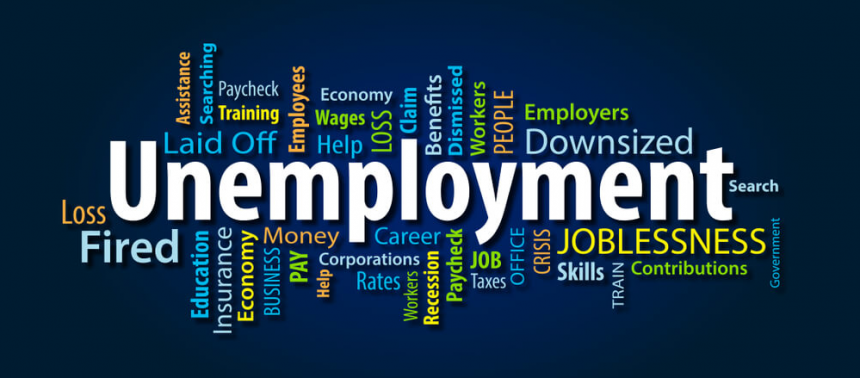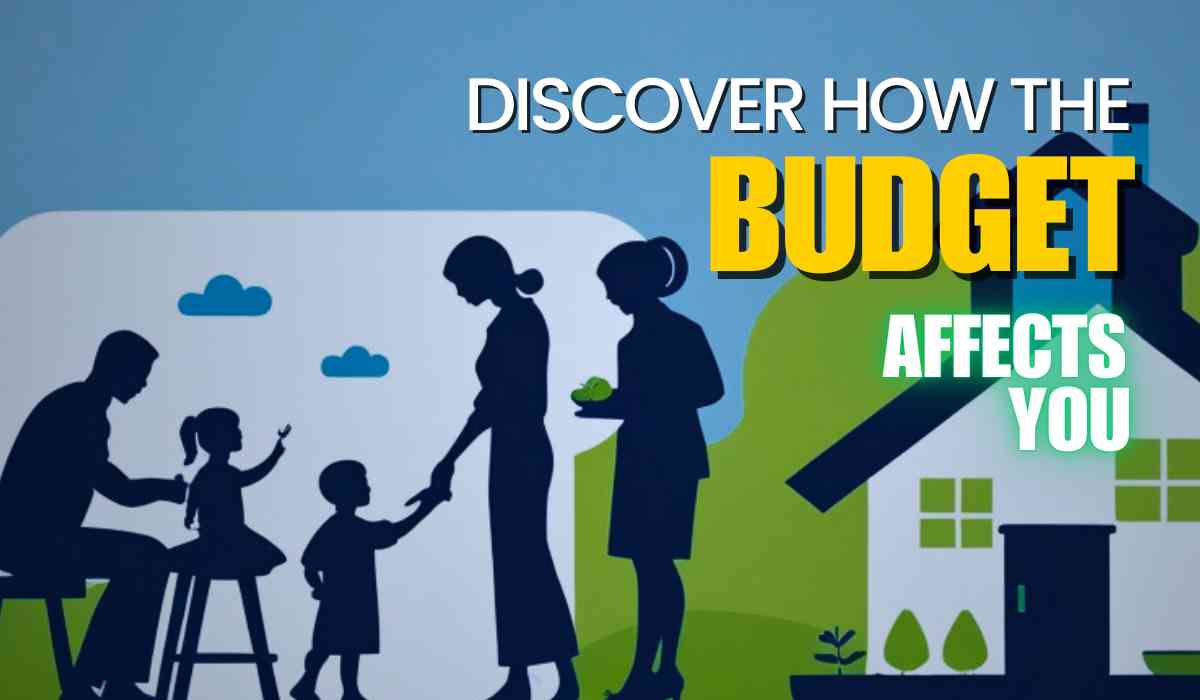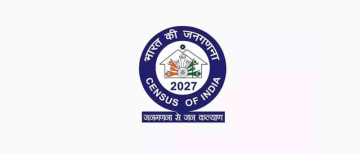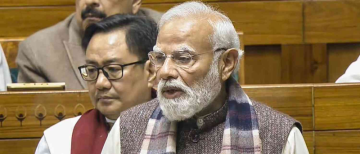The Union Budget 2025, presented by Finance Minister Nirmala Sitharaman, has sparked significant discussion regarding its implications for the middle class in India. As the government aims to bolster economic growth and enhance the financial well-being of this vital demographic, it is essential to critically evaluate the measures proposed and suggest further actions that could better serve the middle class.

Key Highlights of Budget 2025
The budget has introduced several noteworthy initiatives aimed at providing relief to middle-class taxpayers:
- Income Tax Relief: The budget raised the tax exemption limit for individuals earning up to ₹12 lakh annually, effectively reducing their tax burden significantly. This change is expected to increase disposable income, encouraging consumer spending and stimulating economic growth.
- Focus on Infrastructure and Innovation: The budget emphasizes substantial investments in infrastructure, which are crucial for long-term economic stability and growth. The government aims to enhance India's manufacturing capabilities and global competitiveness through these investments1.
- Support for Agriculture: Recognizing the importance of agriculture in the economy, the budget includes provisions to support farmers, which indirectly benefits the middle class by stabilizing food prices and enhancing rural incomes.
Critique: What More Can Be Done?
While these measures are commendable, there are several areas where further action could significantly benefit the middle class:
1. Simplification of Tax Structure
The current tax regime remains complex, with multiple slabs and exemptions that can confuse taxpayers. A more straightforward tax structure with fewer slabs would not only ease compliance but also enhance transparency. The government should consider:
- Reducing Tax Slabs: Streamlining the number of tax slabs could simplify tax calculations for individuals and encourage compliance.
- Increasing Standard Deductions: Raising the standard deduction limit would provide immediate financial relief without complicating the tax system further.
2. Enhanced Social Security Measures
As economic conditions fluctuate, middle-class families often find themselves vulnerable. Strengthening social security measures can provide a safety net:
- Health Insurance Support: Expanding health insurance coverage or providing subsidies for health insurance premiums can alleviate financial burdens associated with healthcare.
- Pension Schemes: Introducing or enhancing pension schemes for salaried individuals can ensure financial security in retirement.
3. Focus on Job Creation
While tax relief is beneficial, it must be complemented by job creation initiatives to ensure sustainable economic growth:
- Skill Development Programs: Investing in skill development can prepare the workforce for emerging job opportunities, particularly in technology and green industries.
- Support for Startups: Providing incentives for startups can stimulate job creation and innovation, benefiting both urban and rural middle-class families.
4. Addressing Inflation Concerns
Persistent inflation has eroded purchasing power, adversely affecting middle-class families. The government should prioritize measures to control inflation:
- Food Security Initiatives: Strengthening food security programs can help stabilize food prices, directly impacting household budgets.
- Fuel Price Regulation: Implementing strategies to manage fuel prices can reduce transportation costs, benefiting consumers across sectors.
_20240719142306_original_image_25.webp)
How does the budget address the needs of farmers and agricultural sector?
The Union Budget 2025 has introduced several initiatives aimed at addressing the needs of farmers and revitalizing the agricultural sector in India. With agriculture being a critical component of the economy and a primary source of livelihood for millions, the budget's focus on enhancing productivity, sustainability, and farmer welfare is particularly significant.
Key Initiatives for Farmers
- Prime Minister Krishi Yojana: This program aims to improve agricultural productivity in 100 districts identified as having low productivity. The initiative will focus on crop diversification and sustainable practices, benefiting approximately 1.76 crore farmers.
- Increased Budget Allocation: The budget allocation for agriculture and allied activities has risen from ₹1.41 trillion in FY25 to ₹1.71 trillion in FY26, marking a 21% increase. This funding is crucial for implementing various schemes designed to support farmers.
- High-Yielding Seed Varieties: The government plans to release 109 high-yielding and climate-resilient varieties of crops, addressing the longstanding issues of production shortages in essential food grains like pulses, wheat, and rice.
- Post-Harvest Infrastructure Development: There is an emphasis on enhancing post-harvest storage facilities at local levels to reduce losses and improve market access for farmers.
- Digital Agriculture and Technology Integration: The budget anticipates increased investment in digital agriculture, promoting technologies such as AI and IoT to optimize farming practices and improve productivity.
- Support for Allied Sectors: Focused support for sectors such as dairy, poultry, and aquaculture is expected to drive diversification and increase incomes for rural households.
- Climate Resilience Initiatives: Investments in micro-irrigation systems, crop insurance expansion, and agroforestry are projected to mitigate climate change impacts on agriculture.
- Enhanced Credit Access: The budget includes measures to improve credit access for farmers through Kisan Credit Cards (KCC), which is vital for financing agricultural activities.
Challenges Ahead
Despite these positive steps, challenges remain that could hinder the effectiveness of these initiatives:
- Implementation Efficiency: The success of the announced programs heavily relies on efficient implementation at the ground level. Bureaucratic delays or mismanagement could undermine their intended benefits.
- Market Freedom for Farmers: There is a pressing need to provide farmers with greater freedom from restrictions on market access and exports, as current policies often limit their earning potential.
- Focus on Marginal Farmers: A significant portion of India's farmers operates on small holdings, making it essential for budgetary support to specifically target this demographic to ensure their livelihoods are secured.

Rising Unemployment: A Critical Challenge for Economic Growth?
The unemployment rate in India has become a significant concern, particularly as the country grapples with the implications of its demographic dividend. As of December 2024, the unemployment rate rose to 8.3%, up from 8% in November, indicating a troubling trend that necessitates urgent attention from policymakers. This increase comes at a time when the economy is showing signs of slowing growth, with projections for FY 2024-25 revised down to 6.6% by the Reserve Bank of India.The rising unemployment rate poses a dual challenge: it not only threatens the livelihoods of millions but also undermines the potential for sustainable economic growth.
The Economic Survey 2025 highlights that India needs to create approximately 7.85 million non-farm jobs annually to accommodate its expanding workforce and maintain economic momentum. Without effective job creation strategies, the risk of transforming the demographic dividend into a demographic disaster looms large.Moreover, the skill mismatch between graduates and industry demands exacerbates the unemployment crisis. Reports indicate that only about 50% of educated youth possess the necessary skills for employment, underscoring the urgent need for enhanced vocational training and alignment with market requirements.
The upcoming budget should prioritize initiatives aimed at bridging this gap, focusing on skill development programs and infrastructure projects that can generate employment opportunities.In conclusion, addressing unemployment must be a cornerstone of Budget 2025. By implementing targeted measures to stimulate job creation and enhance skill development, the government can work towards reversing the rising unemployment trend and ensuring that India's demographic potential translates into economic prosperity.

Conclusion
The Union Budget 2025 marks a significant step towards addressing the needs of the middle class in India. However, to truly uplift this demographic and ensure their long-term prosperity, Finance Minister Nirmala Sitharaman must consider additional reforms that simplify taxation, enhance social security, create jobs, and control inflation. By adopting a holistic approach that addresses both immediate financial relief and long-term stability, the government can foster a more inclusive economy that empowers the middle class to thrive amidst evolving challenges.
With inputs from agencies
Image Source: Multiple agencies
*The views expressed are personal to the author and do not reflect the platform's opinion of the same.
© Copyright 2024. All Rights Reserved Powered by Vygr Media.























